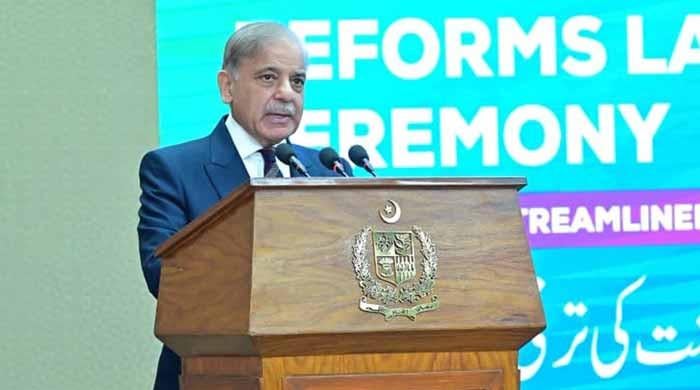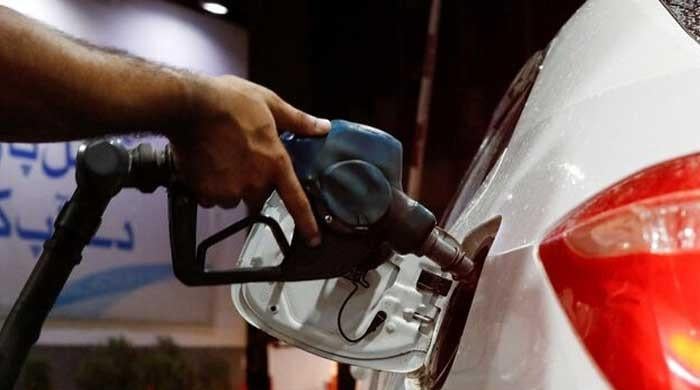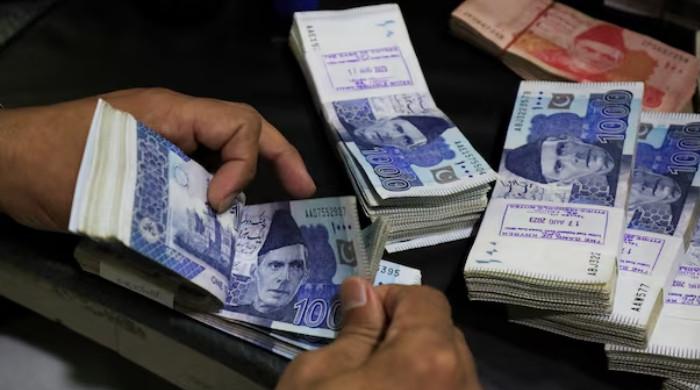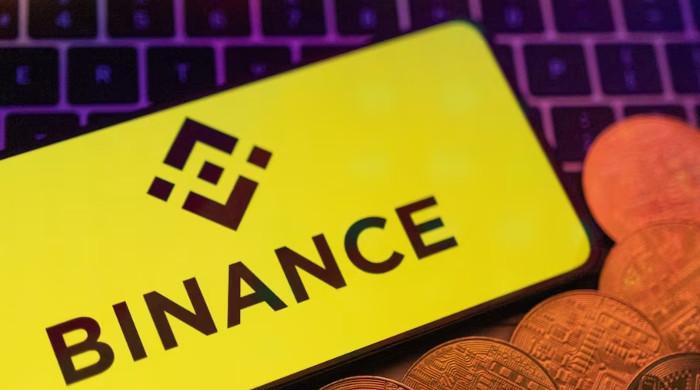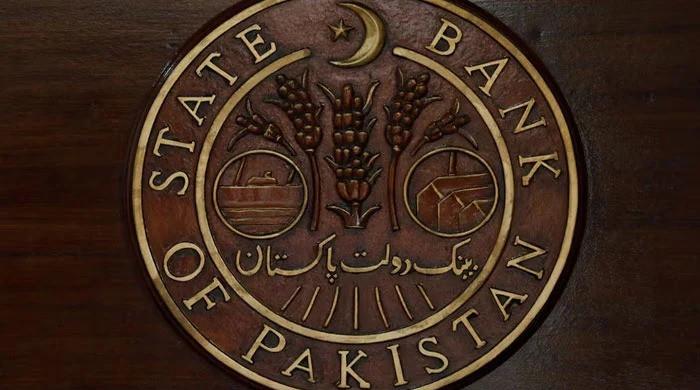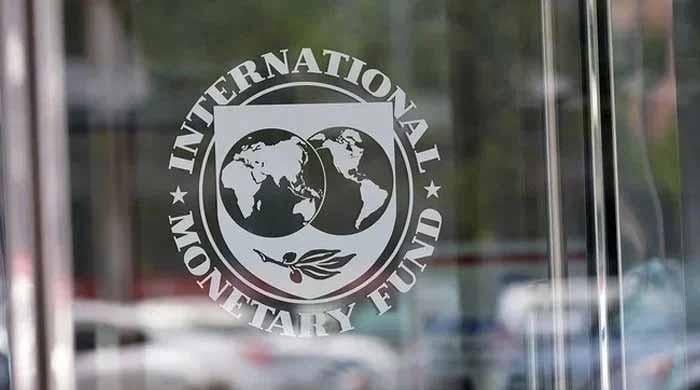Bad news for power consumers: NEPRA approves Rs3.21 hike in power tariff
Increase comes on account of quarterly FCA; summary sent to the federal govt for final approval
October 14, 2022
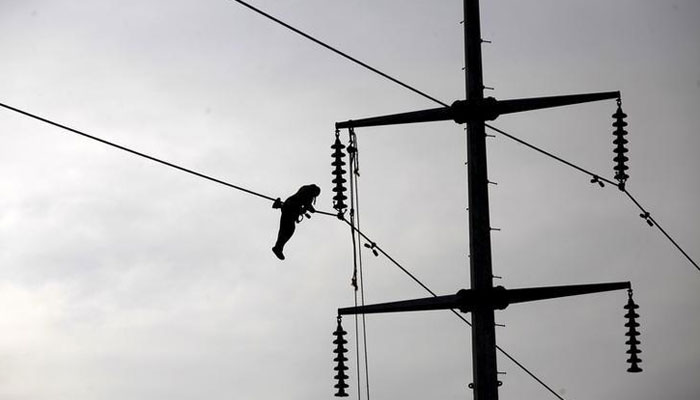
- Increase comes on account of quarterly FCA.
- Summary sent to the federal govt for final nod.
- Nods hike of Rs0.19 per unit on account of August's FCA.
ISLAMABAD: The National Electric Power Regulatory Authority (NEPRA) has allowed an increase of Rs3.21 per unit in the power tariff, enabling Ex-WAPDA Discos (XWDISCOSs) to collect an additional Rs94 billion from consumers.
According to a notification issued by NEPRA on Friday, the increase comes on account of quarterly Fuel Charges Adjustment (FCA) for the last quarter of the fiscal year 2021-22 (April-June) due to excessive use of refined furnace oil (RFO), high-speed diesel (HSD) and liquefied natural gas (LNG) in power generation.
The summary has been sent to the federal government for final approval following the approval the amount will be charged within a period of four months.
The hike will be applicable to all consumer categories except K-Electric consumers.
NEPRA ups monthly tariff by 19 paisas per unit
Moreover, the power regulator also notified a raise of Rs0.19188 per unit on account of fuel cost adjustment (FCA) for the month of August which would put an additional burden of Rs3 billion on consumers.
The increase will reflect in the electricity bills for October.
The hike will be applicable to all consumer categories except for lifeline consumers of all XWDISCOs and Electric Vehicle Charging Stations (EVCS).
The increased amount, under the FCA, charged on the basis of units billed in the month of August, will be separately shown in the bills of October.
Power regulator slashes power tariff by Rs4.88 per unit
Meanwhile, NEPRA approved to reduce per unit cost of electricity by Rs4.8862 of K-Electric on account of fuel adjustment for August, providing relief of over Rs8 billion.
This new tariff will be charged from October bills and will apply to all consumers except the lifeline consumers, domestic consumers consuming up-to 300 units, agricultural consumers and EVCS.




